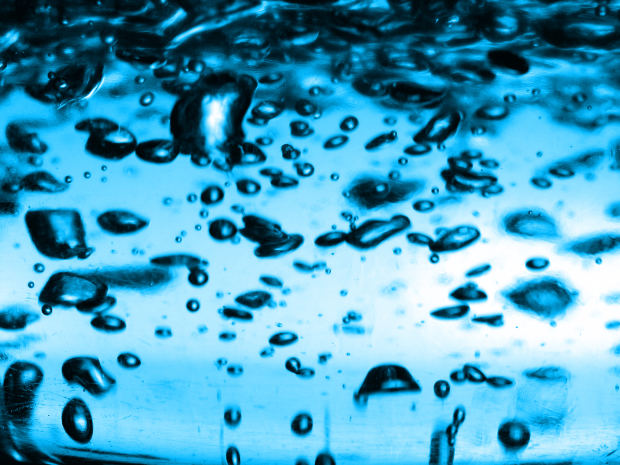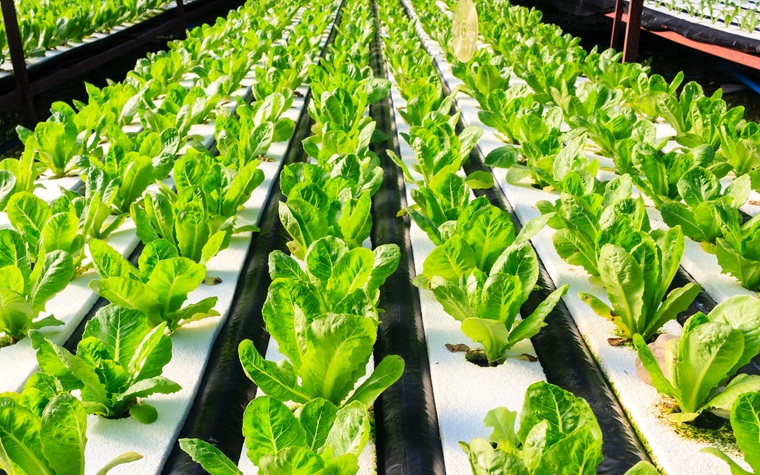 Loading... Please wait...
Loading... Please wait...Save Money. Grow Your Own!
Fast Plain Box Shipping.
We ship to the US & Canada.
Grow Your Own!
Step by Step Guide to Checking and Adjusting Ph Value
Posted on 11th Jul 2016
No matter what kind of hydroponic system you have, you’ll probably be involved in checking the pH value of reservoir water or nutrient water over time.
PH value is something that's critically important. Every water or soil environment has its own unique ph value, which has to do with the levels of acidity and alkalinity in the mix. With hydroponics, it's important that water have the right ph in order to nurse plants and not subject them to values outside of their optimal range.
Scientists have found that plants flourish most in a range between 5 to 7. When pH goes beyond this value, either more acid or more base, it can have a negative effect.
Here are some steps to dealing with Ph range and adjusting pH value over time.

Start with clean water
Part of the problem with pH starts with the water that you get when you first set up your garden space.
In some cases, regular tap water from a municipality or well water might not have the right acidity and alkalinity to start with. Even water that's been trucked in from others areas may not be right in terms of pH - water should be treated or monitored to have a value between five and seven.
With that in mind, certain types of water are really engineered to be in the right pH range. Some growers recommend distilled water or specially treated water that's low in chlorine and pH optimized for good hydroponic projects.
Add nutrients to the water
Before testing pH, it's usually a good idea to add all of the nutrients. The nutrients will change the pH equation, but plants need them in order to grow, so it's appropriate to start out with the nutrients first and then test later.
Mix water well
A next step is to gently shake or stir water so that it has the right consistent value. Here you might have to reach into a plastic reservoir other kind of hidden areas. You might have obstacles like a plant tray or something else in the way. You might need a long thin tool such as a spatula or some other device for mixing the water correctly.
Test pH
You can get different kinds of pH testers. Some are just simple litmus strips that you dip in the water to find out what pH is. Others are electronic tools with LED readouts. Choose which is right for your garden and your tool kit.
Add pH solution accordingly
One of the most popular grow tools for adjusting pH values is called pH up and pH down. There will be two bottles with different values for controlling pH value in either direction.
For pH down, it's estimated that 1 mL per gallon will reduce the pH by about one point. So you need to measure out the amount of solution against the volume in your reservoir and apply it as necessary. For pH Down, you’ll need perhaps 2 to 4 mL per gallon to raise pH by one point.

Re-test to make sure you have the right range
You may have put the right amount of solution in place, but there could be other mitigating factors. So test the pH again to make sure it's correct. If not, add pH or pH down again.
Monitor over time
Adjust for hard water and other issues. Make sure you also check the temperature and humidity of plants over time. This kind of routine maintenance is going to be the difference between a struggling plant cycle and healthy and vital one.
Along the way, you will figure out all kinds of other tips and tricks that will help you to become a better grower and produce better plant cycles. Be sure to look at all of the modern gear that you can use to perfect hydroponic cycles and get your plants looking good.
